Cherry variety Morozovka
Morozovka is a mid-season cherry, bred at the V.I. I.V. Michurina from seed Vladimirskaya (the seedling was treated with a chemical mutagen ethyleneimine (GH2) 2NH at a concentration of 0.025%). The authorship is assigned to T.V. Morozova. In 1988, the variety was sent to the State test. By appointment - universal.
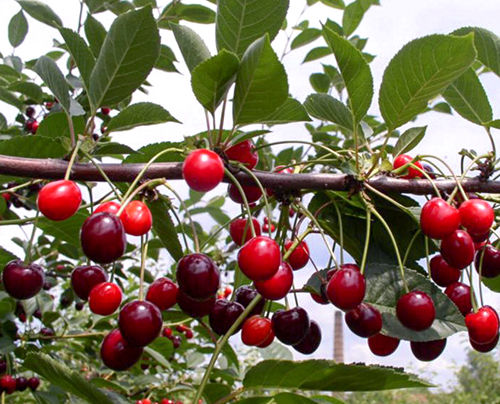
Trees of medium vigor (height - up to 2.5 m), the crown is wide, spherical, slightly raised, moderately thickened. The bark of the trunk and skeletal branches are light brown. Shoots are large, gray-green in color. The number of lentils is average. The buds are ovoid, with an average degree of deviation relative to the shoot. Fruiting is concentrated on bouquet branches, to a lesser extent - on last year's growth. Pruning trees is carried out in the same way as the variety Zhukovskaya.
Leaves are of medium size, narrow, oval, dark green in color, not pubescent, along the edge of the leaves there is a double-crested serration. The surface of the leaf blade is shiny, with a smooth relief; on the base of the leaf blade there are small dark red glands in the amount of 1 - 2 pieces. Petioles are of medium thickness, long, anthocyanin in color along the entire length.
Flowering takes place in medium terms. The flowers are large in size, horn-like, painted white. Rounded petals. The stigma of the pistil is located above the level of the stamens.
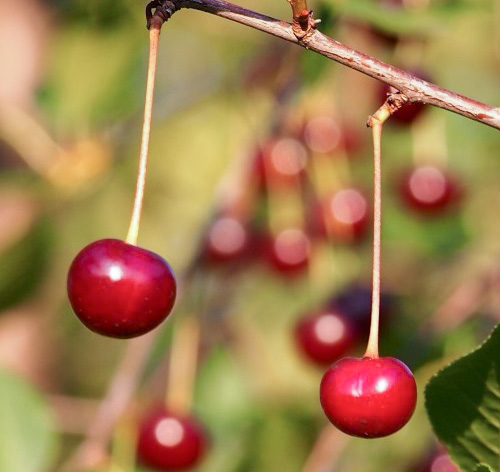
The berries of the Morozovka cherry are large (average weight - 4 - 5 grams), rounded, with a depression at the base of the fruit and a subtle small abdominal suture, rounded tops. The skin is dark red, without integumentary points. The pulp is dense, juicy, dark red (almost burgundy). A rich dark red juice is obtained from the fruit. Taste - dessert type, sour-sweet (high sweetness, acidity below average). The stalks are long, they are not firmly attached to the bones. The seeds are medium in size, oval in shape, well separated from the pulp.
In terms of chemical composition, the fruits contain: the sum of sugars (10.5%), acids (1.37%), ascorbic acid (30 mg / 100 g).
The level of transportability of the variety is quite high.
Cherry Morozovka is early-growing: trees enter the fruiting season already in the 3rd - 4th year after planting. Fruits grown in Michurinsk conditions ripen in the 2nd decade of July. The yield is assessed as average, but regular. A tree at the age of 3 years bears up to 200 g of fruit. The productivity of the variety under the conditions of Michurinsk is on average 50 - 60 c / ha. When harvesting, the use of a shaking combine is allowed.

The variety is highly winter-resistant, drought-resistant. Its high field resistance to coccomycosis was noted (in epiphytotic years - no more than 2 points).
The trees of this cherry are self-fertile. Among the best pollinators in Morozovka, the following varieties are noted: Griot Michurinsky, Zhukovskaya, Lebedyanskaya, Turgenevka, Vladimirskaya.
The variety is propagated through budding and green cuttings. For the stock, it is customary to use seedlings of cultivated varieties and clonal stocks of Vladimirskaya. When planting green cuttings, rooting rate of up to 70% is achieved.
Among the main advantages of Morozovka cherry are: high winter hardiness, average ripening period, average height of trees (which is convenient for harvesting), high taste of berries, resistance to coccomycosis.
Speaking of the shortcomings, they indicate an insufficiently high winter hardiness of flower buds in the conditions of the northern Black Earth region.
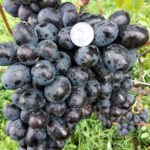
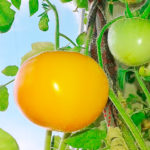
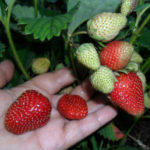
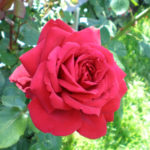

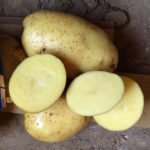



This cherry has been growing in our garden for many years. The previous owners of the house planted it, so I can't say anything about the planting and formation of the crown. Nearby grow 2 cherries (yellow and ordinary) and a cherry of an unknown variety, very high. I like frosting because it is very convenient to collect it. From the very top, you can pick all the berries by placing a stepladder. Children eat berries even fresh with great pleasure (other cherries are very sour, the berries are too high). It is quite fruitful that children do not have time to eat, it is used for jam and compotes. The compotes are burgundy in color, very tasty, however, I sometimes add some other fruits and berries to them. Frosts are not strong in our country, so cherries are always energetic. I didn't get any illnesses, but I began to suffer very much from the invasion of aphids and ants (they suck the juice from the berries) after one season, even the crown thinned out and recovered for two years. Yields a harvest almost half a month earlier than our other unknown cherry. It ripens quickly and amicably.